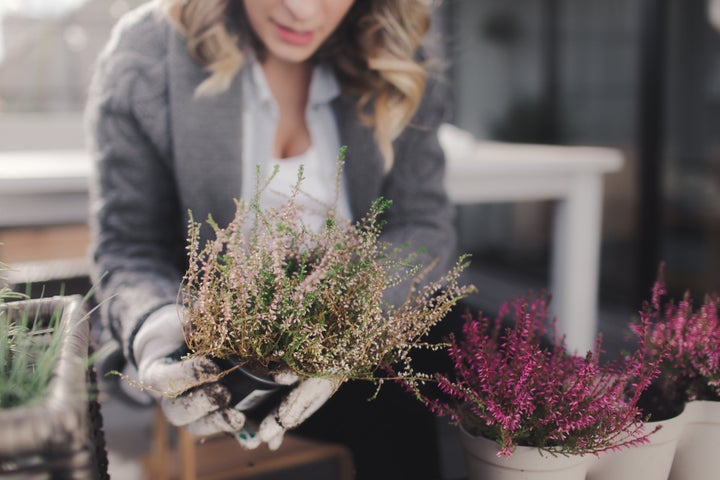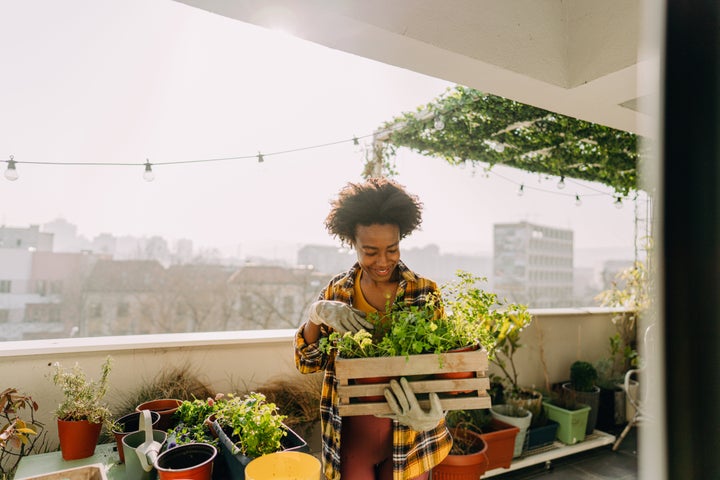Autumn is upon us and nature is changing. The days are getting shorter, the temperature is dropping and we’re going to start wearing our fleeces and joggers soon.
The change in the weather is a dream to some but the unpredictability of the weather can be a nightmare for others. Similar to us, plants can get upset by the change in weather conditions.
Outdoor plants are often left outside in the cold to battle rain, wind, occasional storms, and even snow. Some plants will resist but other have to prep for the extreme weather ahead.
So, what can we do to protect them? Richard Cheshire who is a plant doctor at Patch Plants, helps us discover how we can shield and prepare our plants for the upcoming season, regardless of the weather conditions.
1. Choose your pots wisely
Make sure you’re putting your plants into pots that can put up with the cold. Terracotta pots are beautiful but porous, making them more prone to crack with the change in temperature and frost. Consider glazed terracotta pots instead, the glaze will reduce the risk of cracks. Great alternatives to terracotta pots are plastic, stone or fibreglass pots.

2. Give pots extra insulation
To prevent the plant’s soil from freezing, wrap the pots in bubble wrap. Although it is an unusual suggestion, by doing so, you are creating a layer of insulation that protects the plant’s roots from cycles of freezing and then thawing. Do not worry if the snow covers the top of your plant, the white blanket will also protect your plant’s roots from the wind and cold.

3. Place plants in a sheltered but unheated room
Ideally, a greenhouse, a garage or a shed. By doing so you are protecting your plants from storms, heavy rain and wind. Start by moving your pots and plants to the part of your urban garden which is most sheltered. When extreme weather is forecasted, most people’s first instinct is to take all of their plant pots in heated indoor spaces, but the sudden change in temperature may shock the plant and cause more harm than good.

4. Get hardier plants for your balcony and rooftop
If your urban garden is on a roof terrace or a balcony, then they are quite high up, which makes them even more exposed to the wind and the elements, so you might want to consider choosing hardier plants if that’s the case. Ultimately, you need to trust that your plants are probably tougher than they look, and with time you will learn what corners of your urban garden each of your plants prefer.
